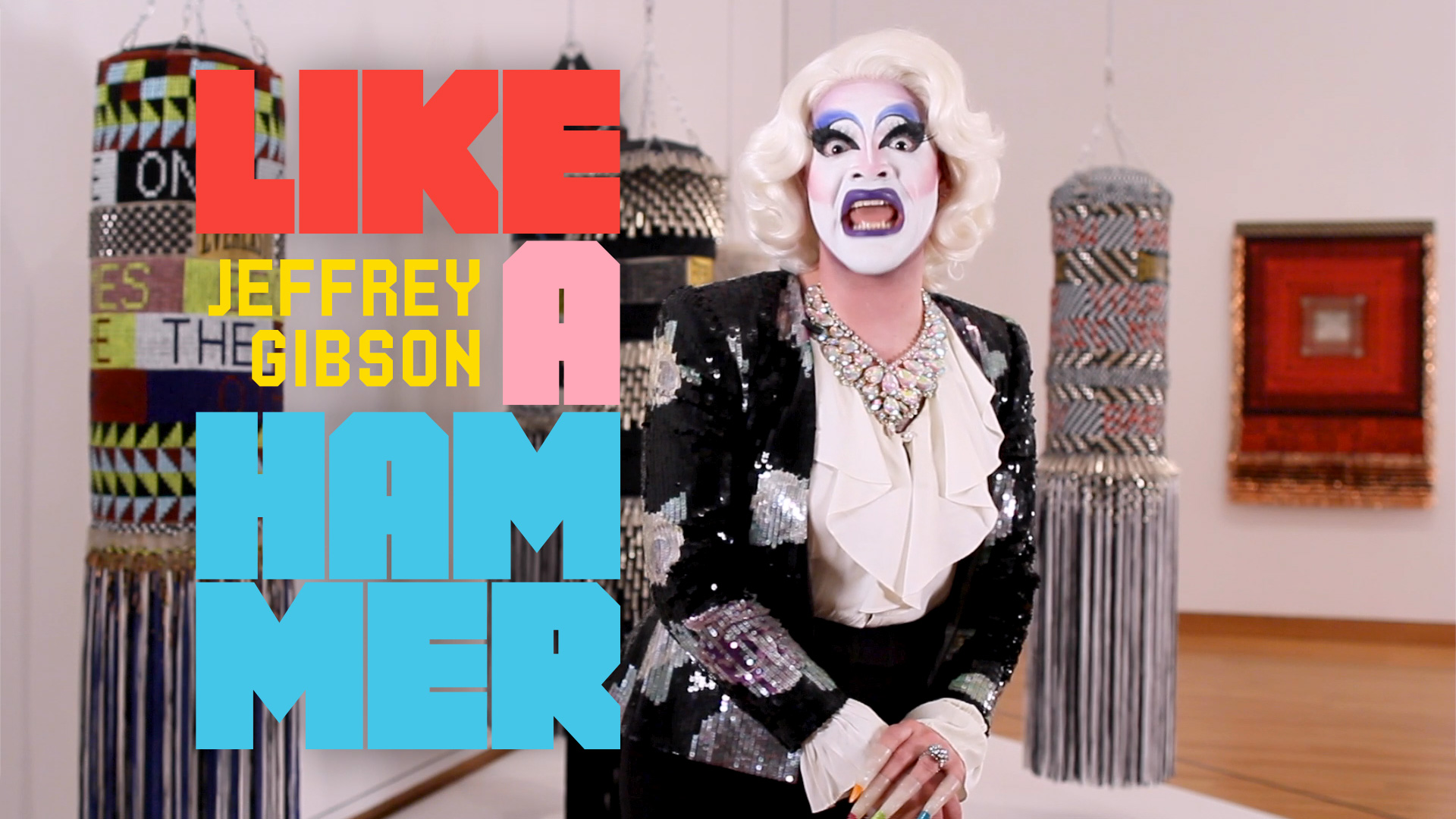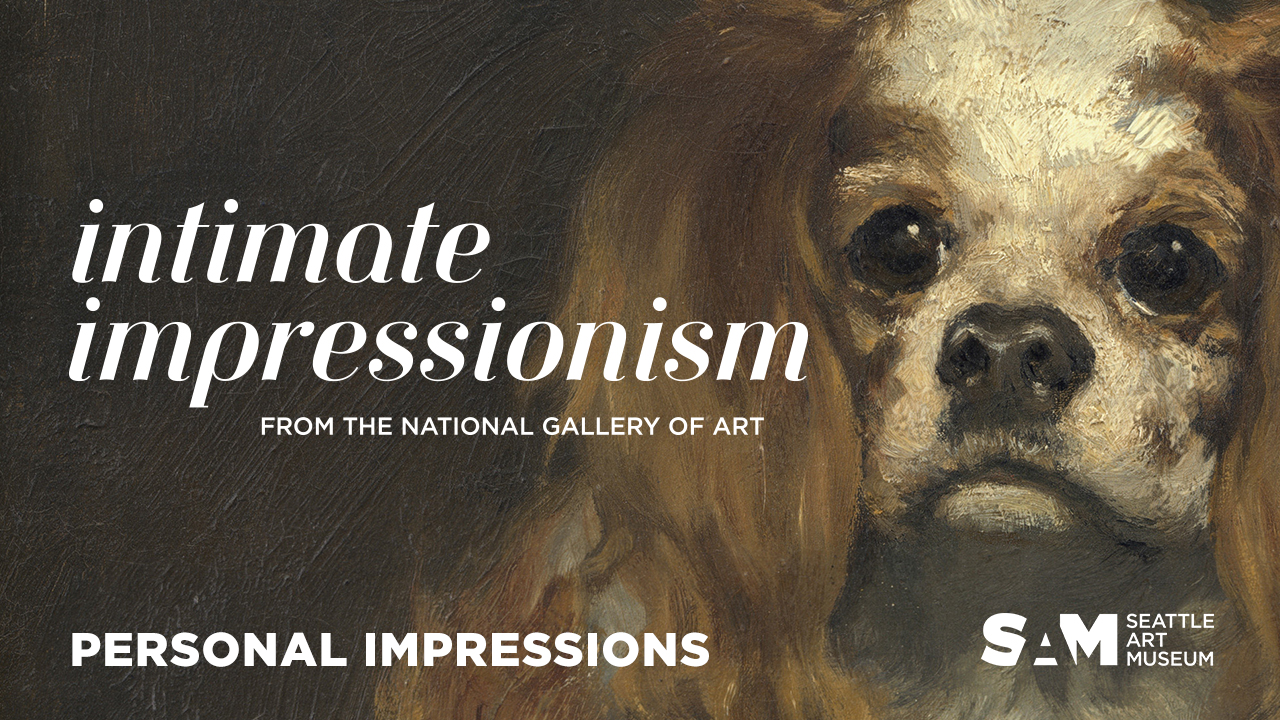Artists on Art: Carla Rossi
“Approach the art, do not cross the line, look, turn to your friend and say, ‘my kid could do that,’ and then walk away!”
– Carla Rossi
https://www.youtube.com/watch?v=R1jlanSSplo
Follow Carla Rossi, an immortal trickster and your unofficial tour guide through Jeffrey Gibson: Like a Hammer. Gibson’s contemporary art combines powwow, pop culture, and punching bags to explore what modernity means within Indigenous cultures. Carla Rossi combines drag, clowning, and entitlement to address complacency, and the confusion of “mixed” identities. See through Carla’s eyes when you visit Like a Hammer.
This video is one of a series presenting Northwest Native American artists responding to Gibson’s work. The character of Carla was created by Anthony Hudson, a multidisciplinary artist, writer, performer, and filmmaker. Hudson, a member of the Grand Ronde tribe, started performing as Carla as an art project in 2010 and has since turned Carla into a full-fledged persona, body of work, and occupation. Hudson prefers the term “drag clown” over “drag queen” because he’s not trying to emulate women. Carla is a tool for critique. When he performs as Carla, Hudson wear whiteface in direct allusion to whiteness, clowning, and as a critical inversion of blackface.
Jeffrey Gibson believes, “everyone is at the intersection of multiple cultures times, histories. . . . that there’s a lot more to be gained at the space in between mapped points then there is at the mapped points. . . . I’m always looking for these in-between spaces of things.” Similarly, Anthony Hudson (Grand Ronde), is interested in “in the edge – that line between satire and sincerity, between critique and reification—as a site where transgression and transformation occur.”
Jeffrey Gibson is of Cherokee heritage and a citizen of the Mississippi Band of Choctaw Indians. He grew up in urban settings in Germany, South Korea, the United States, and England, and his work draws on his experiences in different cultural environments. In his artwork, materials used in Indigenous powwow regalia, such as glass beads, drums, trade blankets, and metal jingles, are twined together with aspects of queer club culture as well as the legacies of abstract painting. Jeffrey Gibson: Like a Hammer is a major museum exhibition presenting a significant selection of this contemporary artist’s exuberant artwork created since 2011. The presentation in Seattle closes on May 12.

